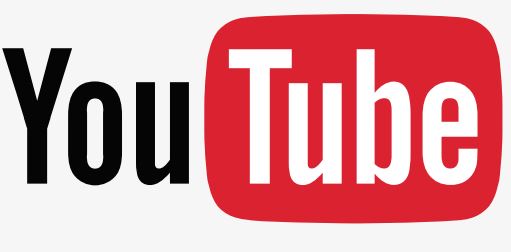SAN FRANCISCO (AP) — YouTube has emerged as a break-out star in Google’s cast of services as the online video site upstages cable television for a younger generation of viewers looking for amusement, news and music on their smartphones.
The trend is contributing to an advertising shift away from traditional network television programming to the more eclectic and diversified mix of clips ranging from cute cat videos to sobering shots of street violence found on YouTube.
As more advertising dollars flow to YouTube, it’s making the already hugely profitable Google even more prosperous. In a third-quarter report released Thursday, Google’s corporate parent, Alphabet Inc., said it earned $5.1 billion, or $7.25 per share, a 27 percent increase from the same time last year. After subtracting advertising commissions, revenue climbed 21 percent to $18.3 billion. Both figures topped analyst projections.
All that money is providing Google with more financial firepower to buy the rights to stream cable networks’ shows on YouTube, too, something likely to reel in even more viewers. It also is helping to finance Alphabet’s investments in far-flung projects ranging from self-driving cars to internet-beaming balloons. That segment, known as “Other Bets,” lost $865 million during the July-September period, narrowing from a $980 million setback last year as Alphabet imposed more expense controls.
SMART DEAL
YouTube already has proven to be one of the best bets that Google has ever made since it bought the video site for $1.76 billion a decade ago. At that juncture, YouTube consisted mostly of crudely made videos shot by amateurs and clips pirated from movie and TV studios that were threatening to sue the site into oblivion. It had built a worldwide audience of about 72 million viewers when Google took control in November 2006.
Since then, YouTube has evolved into a far more polished channel that has spawned unlikely stars such as “PewDiePie” (Swedish comedian Felix Arvid Ulf Kjellberg) while largely making peace with studios by creating an automated screening system that detects pirated content. YouTube says it has paid more than $2 billion to studios that have chosen to leave their material on the site and share in the ad revenue generated by their clips.
Meanwhile, YouTube’s audience has surpassed 1 billion, with 80 percent of the viewers outside the U.S. YouTube also boasts that its site reaches more people between the ages of 18 and 34 years old — the “millennial” generation — than any cable network. That segment of YouTube’s audience is a major reason why more than half its video clips are watched on mobile devices.
Google CEO Sundar Pichai likened YouTube to prime-time TV “for the mobile world” in a Thursday conference call that was streamed on YouTube. He told analysts that YouTube “continues to shine” as more major advertisers promote their brands on the site.
Alphabet doesn’t disclose how much money YouTube is making, but RBC Capital analyst Mark Mahaney estimates YouTube’s annual revenue has now reached $10 billion and is increasing by as much as 40 percent a year. The growth makes YouTube “one of the strongest assets fundamentally on the internet today,” Mahaney wrote in a research note earlier this week.
STILL LACKING
Despite its progress, YouTube has been slow in realizing its full potential, leaving it vulnerable to new challengers for viewer’s attention, such as Facebook’s Live video feature, says Edward Jones analyst Josh Olson.
The problem, as Olson sees it, is that YouTube has had trouble persuading TV and movie studios to license more of their content on their site, something that that might have made YouTube as dominant in video as Google is in search.
But YouTube could be on a major breakthrough, according to a report published earlier this month in The Wall Street Journal. Citing unidentified people familiar with the matter, the newspaper said Google had reached an agreement with CBS to include its network in a cable-like service called “Unplugged” that will debut on YouTube next year. Google is also negotiating for the rights to the Fox network, ESPN and NBC, among others, the Journal said.
Google cited YouTube licensing rights as one of the reasons that its costs to generate revenue, excluding ad commissions, rose by $1 billion, or 30 percent, from last year.
“The dam appears to be finally cracking” for even better content to come to YouTube, Olson said.
Copyright 2024 The Associated Press. All rights reserved. This material may not be published, broadcast, rewritten or redistributed.

